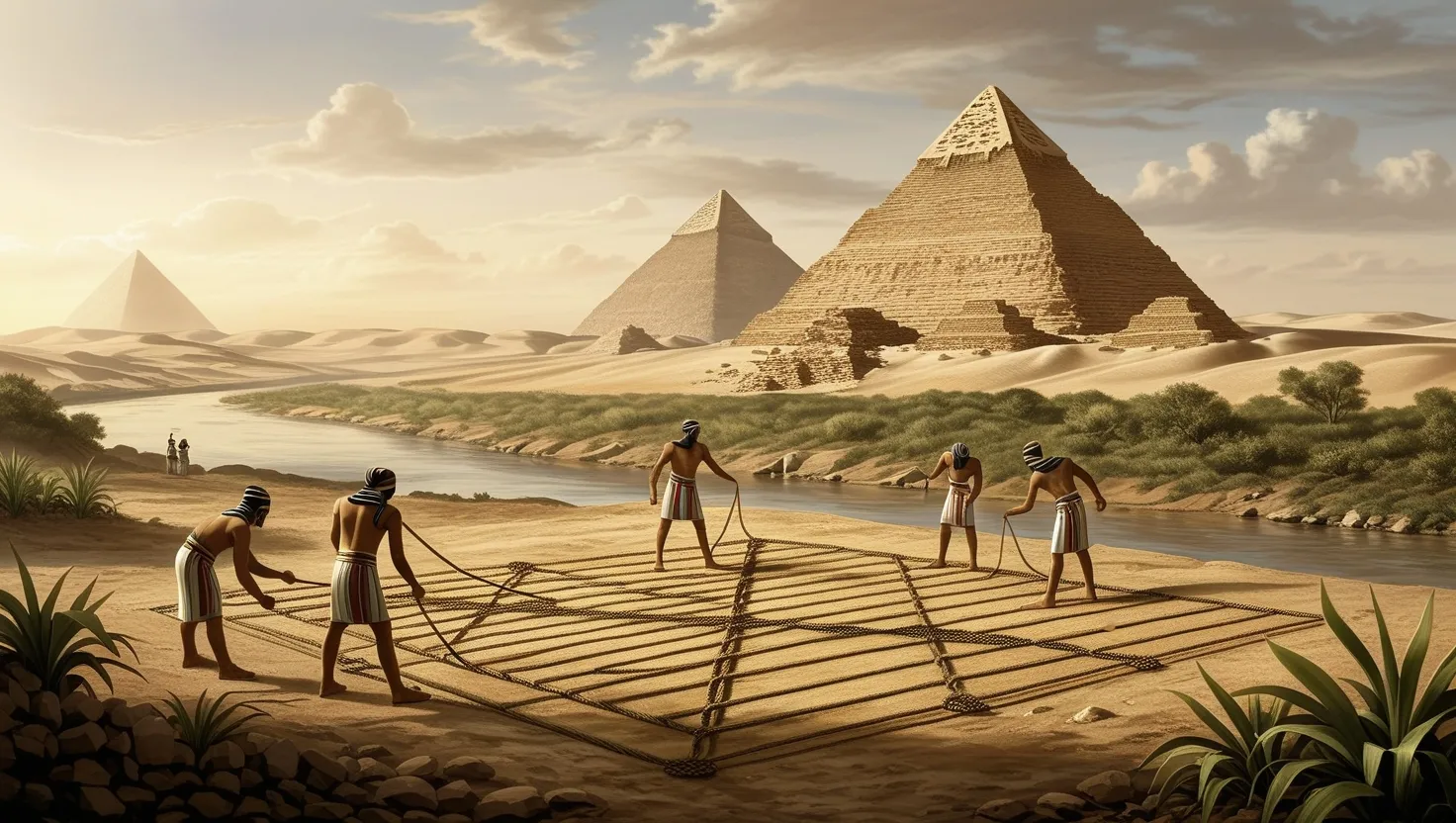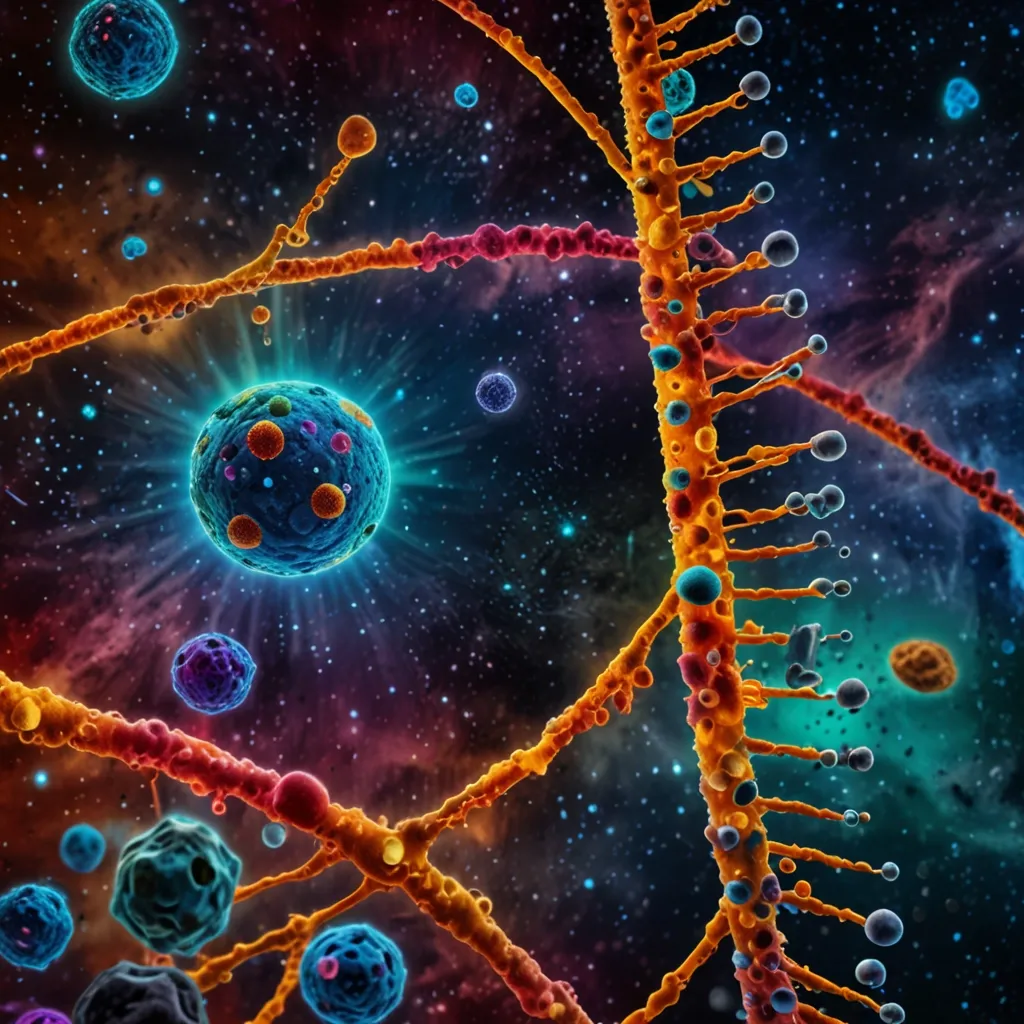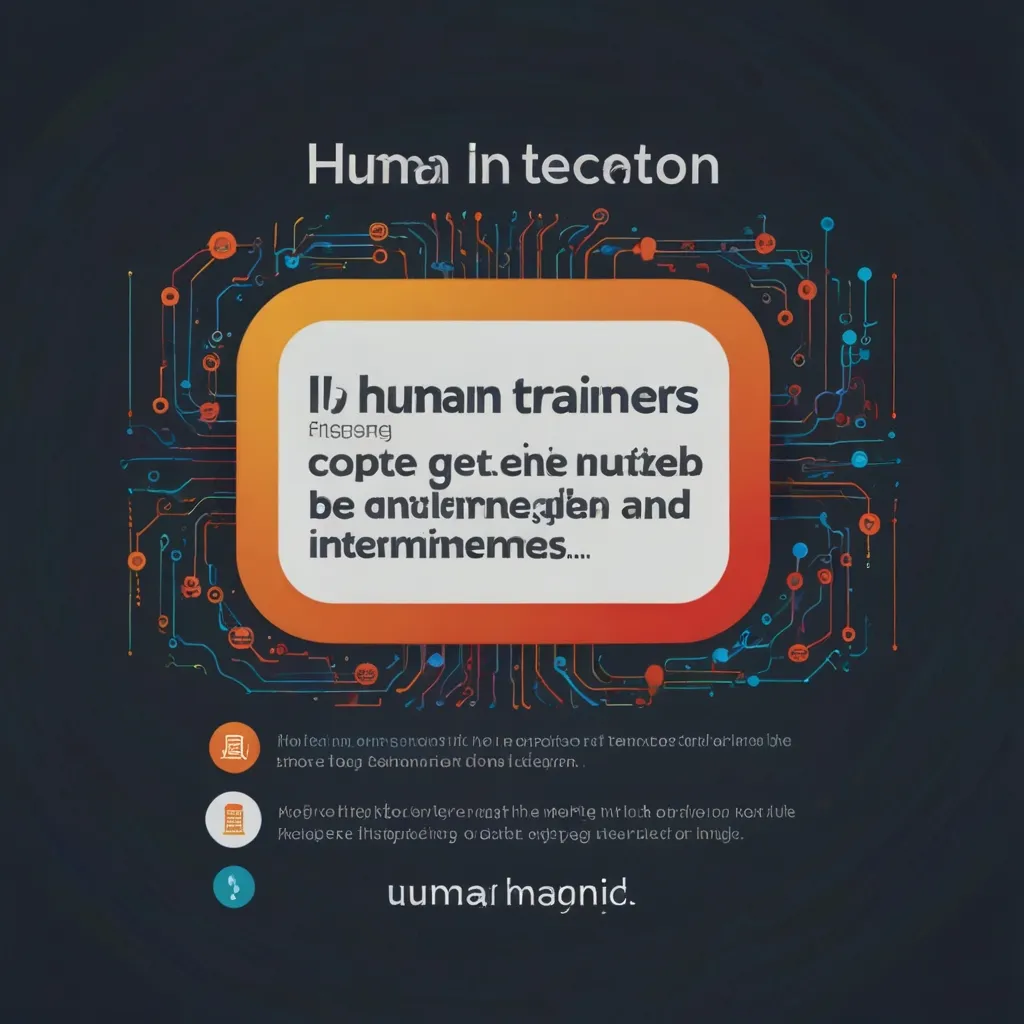If you think of geometry as just a school subject—circles, triangles, formulas on a chalkboard—think again. Geometry is as old as civilization itself and, in many ways, has shaped the very world we walk through each day. If you’ve ever wondered why ancient monuments stand so perfectly aligned, how your phone pinpoints your location, or what connects an apple falling from a tree to the shape of the universe, the answer is geometry. The story of geometry is really the story of how we understand space itself. Let’s take a walk through five moments that didn’t just move math forward, but rewrote the way we see reality.
Let’s start along the banks of the Nile. Picture the scene: every year, the river floods its banks, wiping away field boundaries and erasing the careful divisions of land. Yet each time, Egyptian surveyors—nicknamed “rope-stretchers”—would head out, ropes in hand, knotted in precise intervals. Using a 3-4-5 triangle, they’d rebuild boundaries, perfectly right-angled, laying the foundation for both property rights and the construction of some of the world’s first skyscrapers: the pyramids. Today, it’s easy to overlook this act, but think of the complexity of building something as enduring as the Great Pyramid, using only simple ropes and pegs and a sharp knowledge of ratios and shapes. Without this practical geometry, neither Egypt’s farmland nor its monumental tombs would have lasted the centuries.
I often wonder: If you were among those rope-stretchers, what would it feel like to realize that shapes could restore order from chaos every year? This wasn’t abstract math; it was a survival tool, and one that created both society’s structure and its most lasting symbols.
Jump forward a couple of millennia to ancient Greece, and geometry takes a dramatic turn. Here’s where the art of proof is born. Enter Euclid, a man who gathered known geometric facts and, with a few basic assumptions—his famous postulates—built a mathematical universe. With “Elements,” he gave us more than just theorems and diagrams. He gave us a blueprint for logical thinking that would influence science, philosophy, and architecture for over two thousand years. When you marvel at a cathedral’s arches or the elegant strength of a Roman aqueduct, you’re witnessing Euclid’s legacy. What if you could teach someone a way of thinking so robust it would underpin all future science? That’s what Euclid did.
As Bertrand Russell put it:
“Mathematics, rightly viewed, possesses not only truth, but supreme beauty.”
And Euclid was among the first to show how reasoning could reveal that beauty.
Beyond the familiar names, there’s a fascinating chapter between ancient Greece and modern science often overlooked. During the Islamic Golden Age, geometry didn’t pause—it evolved. Mathematicians like Al-Battani and Al-Khwarizmi went far beyond Greek theorems. They created trigonometry as a systematic science, introducing sine, cosine, and tangent functions. Why does this matter? Because these tools let scholars forecast the positions of stars and planets, essential for timekeeping, prayer, and—eventually—navigation. Picture trying to find your way across a desert or an ocean, guided only by the stars. Trigonometric tables turned the sky into a map, and that, in turn, connected distant cultures and continents.
Have you ever wondered how medieval explorers or traders knew the direction to Mecca or the time of day, centuries before electronic clocks? The answer sits in those dusty trigonometric charts, born in libraries from Baghdad to Córdoba. The ripple effects are enormous: these same functions are behind the GPS chip in your pocket today, quietly calculating location from satellite signals.
Fast-forward to the 17th century, to a world on the brink of modernity. Here, a French philosopher—René Descartes—decides: why not combine algebra’s power with geometry’s reach? With just a pair of perpendicular lines (the axes), he gave us a new map: coordinate geometry. Suddenly, curves and lines that seemed unrelated could be described with equations. What used to be a painstaking drawing exercise became an algebra problem. This isn’t just clever; it’s transformative. Without Descartes’ “analytical” approach, there is no calculus, no engineering as we know it, no physics that describes how planets move or machines run.
Consider this: every graphic you see on a computer screen, every piece of architecture designed on a computer, every digital map you use, relies on Descartes’ method. Geometry became numbers, numbers became code, and code became the fabric of our daily lives.
Einstein, centuries later, would famously say:
“Pure mathematics is, in its way, the poetry of logical ideas.”
That poetry crescendoed with the next revolution—non-Euclidean geometry. For over two thousand years, mathematicians clung to Euclid’s parallel postulate: through a point not on a line, there’s exactly one parallel. But what if that wasn’t true? In the 19th century, Bernhard Riemann introduced a geometry where the sum of a triangle’s angles exceeds 180 degrees, where lines curve and space itself bends. This was abstract, even unsettling. But with Riemann’s work, geometry broke free from flat surfaces and entered new realms.
Now imagine: without Riemann, Einstein wouldn’t have had the math to describe spacetime. That means no General Relativity. Your GPS, which depends on corrections for gravity’s warping of time, wouldn’t work. Black holes and the expanding universe would remain fantasies. Riemann showed us that space isn’t just a stage where the universe plays out—it’s an actor whose properties determine the play itself.
Here’s a question: How different would our technology—and our sense of reality—be if we’d stopped with flat geometry? Imagine walking on a sphere thinking it’s a flat plane. That’s how revolutionary Riemann’s insights were.
Along the way, geometry has inspired not just scientists but artists, philosophers, and visionaries. M.C. Escher’s impossible staircases, the crystalline forms of Islamic mosaics, the fluid curves of modern architecture—all draw on the possibilities revealed by these mathematical shifts.
But what excites me most about geometry is how even its forgotten corners end up changing the world. Take the Möbius strip, discovered by August Möbius in the 19th century—a band with only one side and one edge. Or the discovery that you can’t “square a circle” using just a compass and straightedge, settled only in the late 1800s. Or Hamilton’s quaternions, which let us describe rotations in three and four dimensions—tools now used in computer graphics and robotics.
“Geometry,” wrote Johannes Kepler, “is one and eternal shining in the mind of God. That share in it accorded to humans is one of the reasons that humanity is the image of God.”
In a way, each of these revolutions wasn’t just a leap in mathematics—they were a leap in imagination. Each one started with a simple question: What if space doesn’t work the way we’ve always thought? And with each answer, our world—and our way of seeing it—changed.
So the next time you look at a city skyline, check your phone for directions, or simply marvel at the way the stars arc overhead, remember: you’re seeing the result of thousands of years of geometric ingenuity. Geometry isn’t just a subject—it’s the language in which the world is written. And we’re still adding new chapters.






